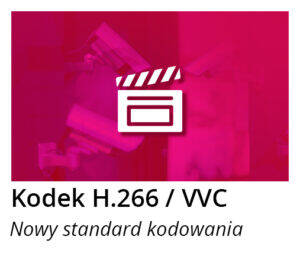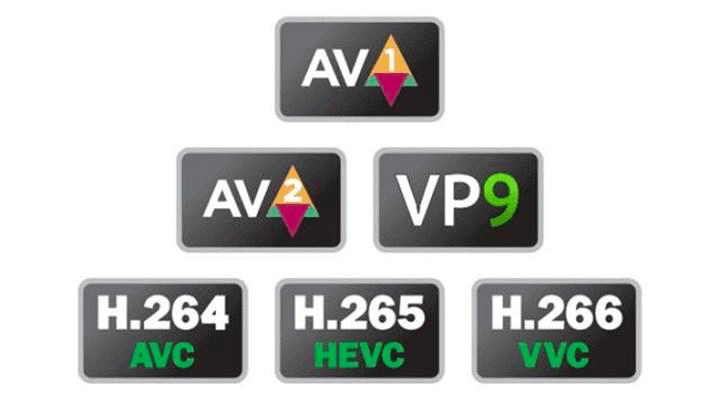The new H.266/VVC video coding standard
2023-01-31
After several years of research and standardization, Fraunhofer HHI (together with industry partners including Apple, Ericsson, Intel, Huawei, Microsoft, Qualcomm and Sony) celebrates the release and official adoption of the new global video coding standard H.266 / Universal Video Coding (VVC)).

This new standard offers improved compression that reduces data requirements by approximately 50% bit rate compared to the previous H.265 / High Efficiency Video Coding (HEVC) standard without compromising image quality. In other words, H.266 / VVC offers faster video transmission with equal perceptual quality. In general, H.266/VVC provides efficient transmission and storage of all video resolutions from SD to HD up to 4K and 8K, while supporting high dynamic range video and omnidirectional 360° video.
Currently, compressed video data accounts for 80% of global Internet traffic. H.266 / VVC represents the pinnacle of (at least) four generations of international video coding standards. Previous standards H.264 / Advanced Video Coding (AVC) and H.265 / HEVC, which was produced with significant contributions from Fraunhofer HHI, remains active in more than 10 billion end devices, processing more than 90% of the total global video bit volume. Both previous standards have also been recognized with a total of three Emmy Engineering Awards for significant contributions to advancement television technology.
By reducing data requirements, H.266/VVC makes video transmission over mobile networks (where data capacity is limited) more efficient. For example, the previous H.265/HEVC standard requires approx. 10 gigabytes of data to transmit a 90-minute UHD video. With this new technology, only 5 gigabytes of data are needed to achieve the same quality. Since H.266 / VVC was developed for ultra-high definition video content, the new standard is particularly useful while streaming 4K or 8K videos to a flat screen TV. Moreover, H.266/VVC is ideal for all types of moving images: from high-definition 360 ° after screen sharing content.
„After nearly three years of dedication to this standard, we are proud to have played a key role in the development of H.266/VVC” – says Benjamin Bross, head of the Video Coding Systems group at Fraunhofer HHI and editor of the over 500-page H.266/VVC standard specification. “Due to the huge leap in coding efficiency offered by H.266/VVC, video usage will continue to grow worldwide. In addition, the increased versatility of H.266/VVC makes its use more attractive for a wider range of video transmission and storage applications ”.
„When you consider that Fraunhofer HHI has already played a key role in the development of the previous H.264/AVC and H.265/HEVC video coding standards, we are pleased that over 50% of the bits on the Internet are generated by Fraunhofer HHI technology ”- adds Dr. Detlev Marpe, Head of Video Coding and Analytics at Fraunhofer HHI.
It is planned to establish a uniform and transparent FRAND (i.e. fair, reasonable and non-discriminatory) licensing model for the use of H.266 / VVC essential patents. The Media Coding Industry Forum (MC-IF) was established for this purpose. In addition to the Fraunhofer Society, MC-IF now includes more than 30 companies and organizations. New chips required to use H.266/VVC, such as those in mobile devices, are currently being designed. Dr. Thomas Schierl, Head of Video Coding and Analytics at Fraunhofer HHI, announced that Fraunhofer HHI will release the first software (both encoder and decoder) supporting H.266/VVC this fall.
I wonder when well-known manufacturers of CCTV systems will implement this codec in their devices?
